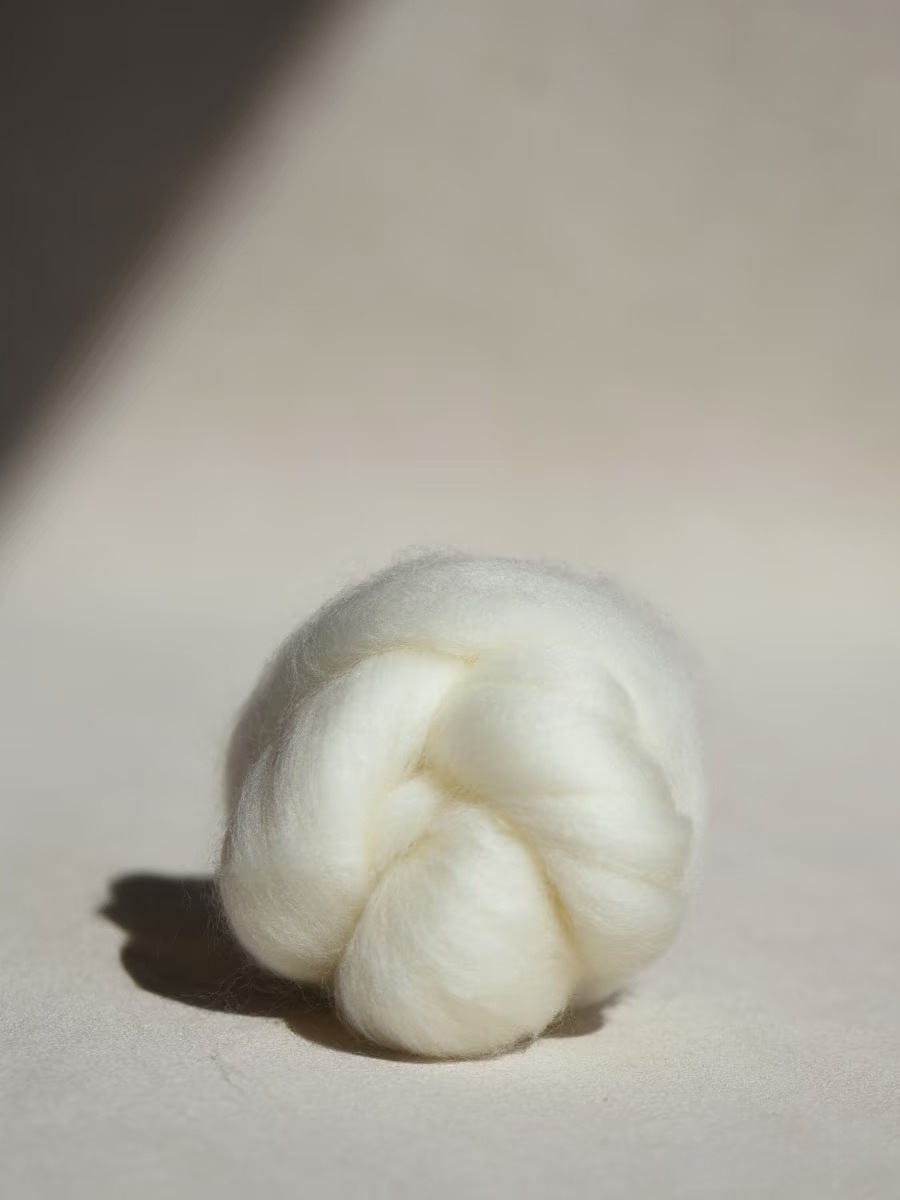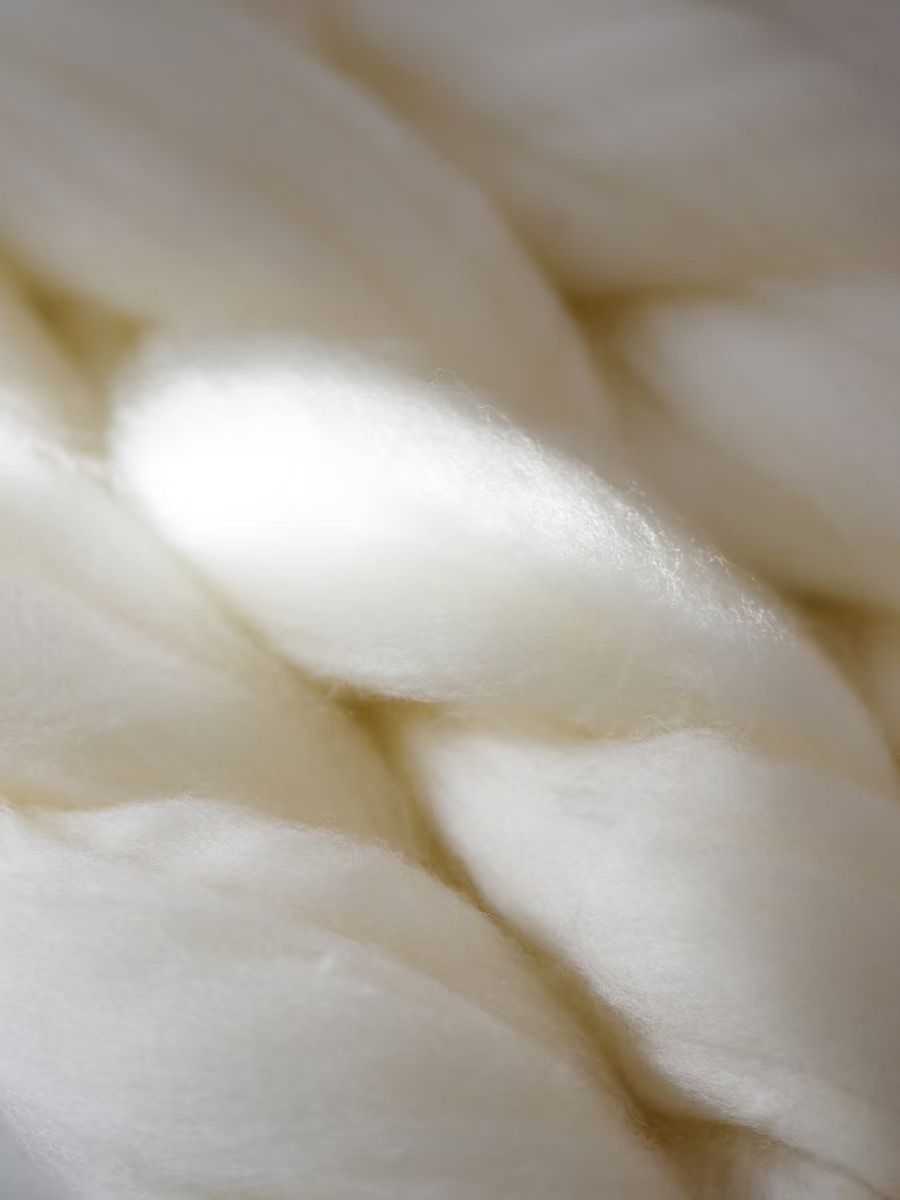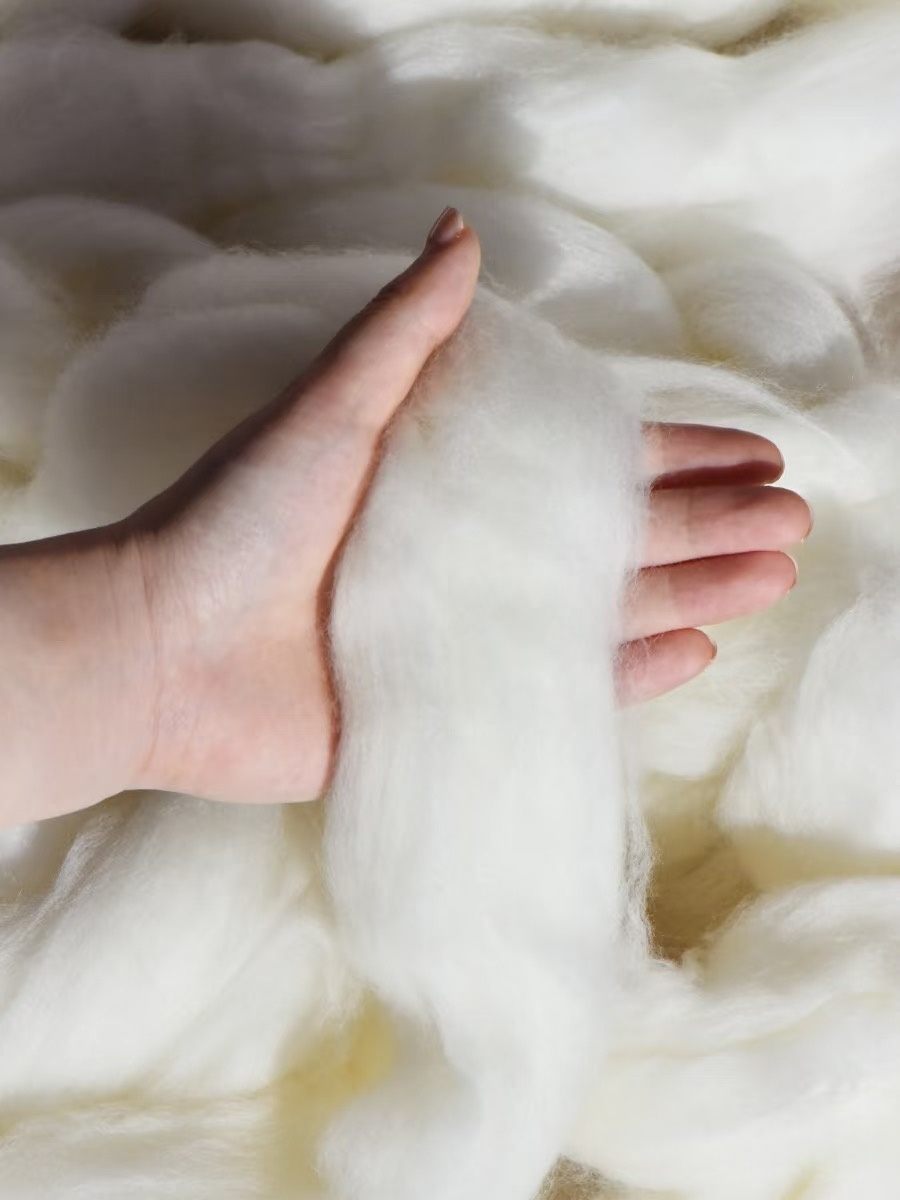The Quest for Luxurious Textiles
In the world of fashion and textiles, the pursuit of comfort and luxury is a timeless endeavor. Consumers often seek fabrics that offer a soft cashmere feel, evoking a sense of elegance and warmth. While natural fibers have long been the benchmark for quality, innovations in material science have introduced advanced synthetic alternatives that provide comparable, and sometimes superior, performance. This brings us to a common point of confusion for many: the debate of polyamide vs nylon, and how these materials fit into the modern textile landscape, especially when creating sophisticated blends.


Understanding the Difference: Polyamide vs Nylon
When exploring fabric labels, you might encounter both “polyamide” and “nylon” and wonder what sets them apart. The truth is surprisingly simple: nylon is a specific type of polyamide. Polyamide is the broader family of polymers, while nylon refers to a specific subset within that family, first commercialized by DuPont. In the context of textiles, the terms are often used interchangeably to describe the same synthetic material known for its exceptional strength, elasticity, and durability. So, when you see a garment made from a high-quality nylon fiber, you are looking at a product crafted from a type of polyamide. This versatile material is engineered to be lightweight yet robust, making it a cornerstone of modern apparel manufacturing.
The Engineering Behind Polyamide Yarn
Modern textile manufacturing has elevated the production of synthetic fibers to an art form. High-quality polyamide yarn is no longer just a simple plastic thread; it is a highly engineered material designed for specific end-uses. Through advanced manufacturing processes, these fibers can be modified to have different lusters, textures, and performance characteristics. For instance, polyamide yarn can be produced to be exceptionally fine and smooth, helping to create fabrics with a silky, luxurious touch. It can also be engineered for high-tenacity applications in sportswear or to have excellent moisture-wicking properties, pulling sweat away from the body to keep the wearer dry and comfortable. This versatility makes it an invaluable component in everything from performance activewear to delicate hosiery and high-end outerwear.
Creating Superior Cashmere Blends
One of the most exciting applications for polyamide is its use in cashmere blends. While the feel of a top cashmere type is unparalleled in softness, pure cashmere can be delicate and prone to pilling and stretching. By blending cashmere with a small percentage of high-quality polyamide, manufacturers can create a fabric that retains its coveted softness while gaining significant durability and shape retention. These cashmere blends are more resistant to wear and tear, easier to care for, and often more affordable without compromising the luxurious experience. The result is a garment that offers the best of both worlds: the rich, soft cashmere feel and the practical, long-lasting performance of a modern nylon fiber.
Your Expert Partner in Polyamide Fiber
For companies looking to innovate and create high-performance textiles, the quality of the raw materials is paramount. At Ningbo Sinopec Fiber Co., Ltd., we have specialized in manufacturing premium PA6 and PA66 polyamide nylon fibers since 1996. Our extensive experience and commitment to quality ensure that every spool of polyamide yarn we produce meets the highest industry standards. With a daily output of 100-150 tons, we are equipped to support brands of all sizes in their mission to create durable, beautiful, and luxurious fabrics. We understand the nuances of fiber engineering and are dedicated to providing materials that empower designers to bring their most ambitious creations to life. We invite you to partner with us to source the finest polyamide for your next collection.





